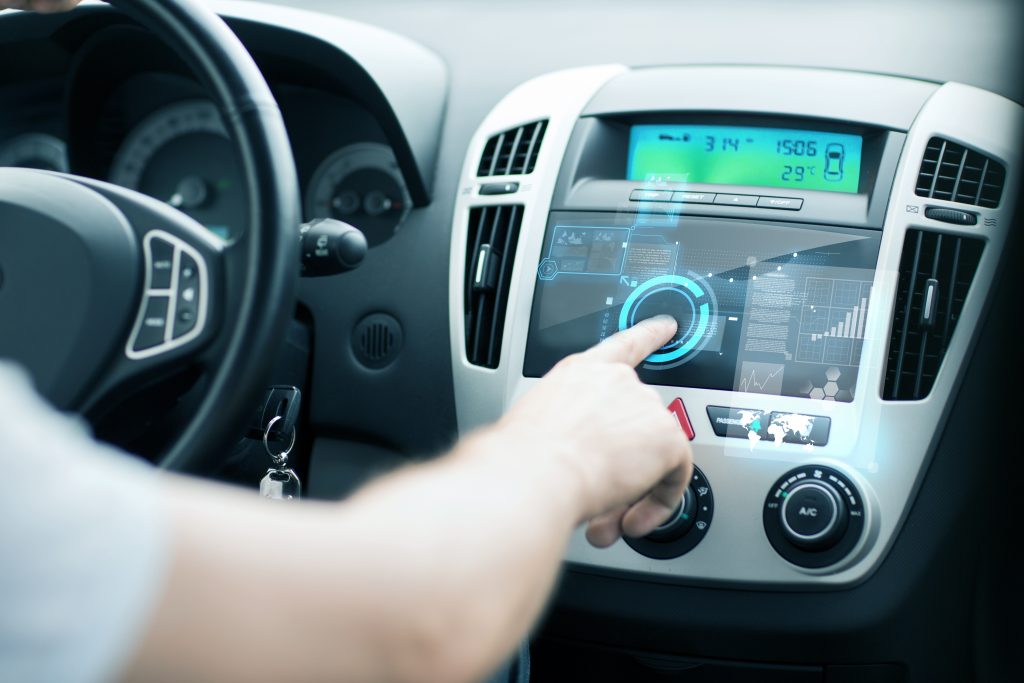having had a number of continental vans in the past, where the 12 volt systems remained on when the engine was started, it has become more than an irritation that my Autotrail Vline (and others) cuts all 12 volt systems when the engine is started.
I came across this paragraph whilst trying to research this:
"CAMPERVAN CIRCUIT ISOLATION
There is a potential risk that appliances being used when the camper is being driven may divert power away from the vital systems of a vehicle: braking and engine management etc. An isolation relay automatically cuts off the power to the living area when the vehicle is started. The fridge and the charge to the leisure battery can bypass this relay for obvious reasons."
If this is the case, how is it that there is no such risk in ALL continental vans - including all sold here in UK - and who do I approach to get a definitive answer? It has been suggested that it is a regulation from the NCC - if so again why??
Anyone help here??
I came across this paragraph whilst trying to research this:
"CAMPERVAN CIRCUIT ISOLATION
There is a potential risk that appliances being used when the camper is being driven may divert power away from the vital systems of a vehicle: braking and engine management etc. An isolation relay automatically cuts off the power to the living area when the vehicle is started. The fridge and the charge to the leisure battery can bypass this relay for obvious reasons."
If this is the case, how is it that there is no such risk in ALL continental vans - including all sold here in UK - and who do I approach to get a definitive answer? It has been suggested that it is a regulation from the NCC - if so again why??
Anyone help here??


